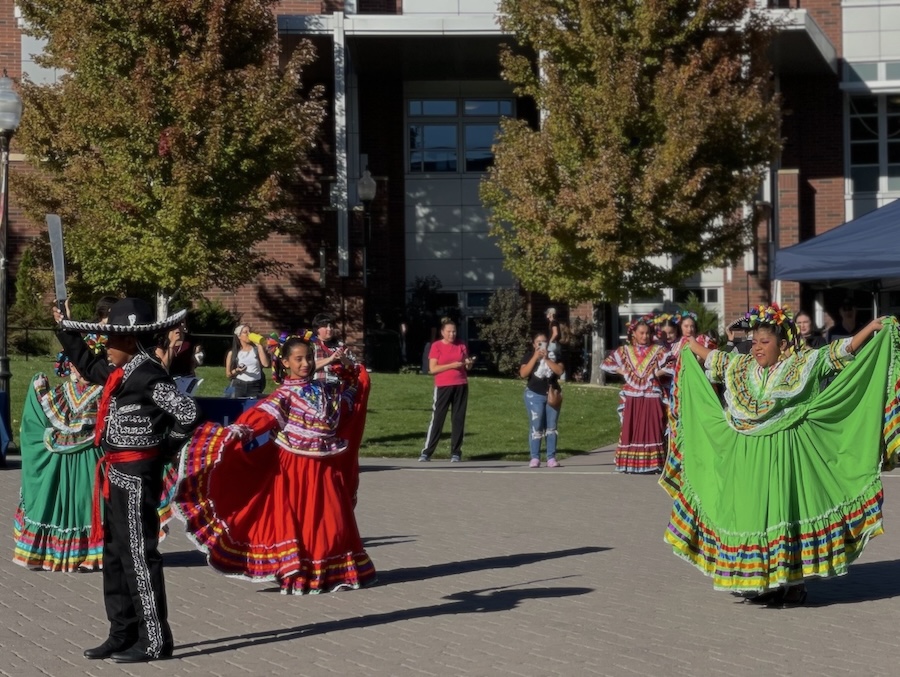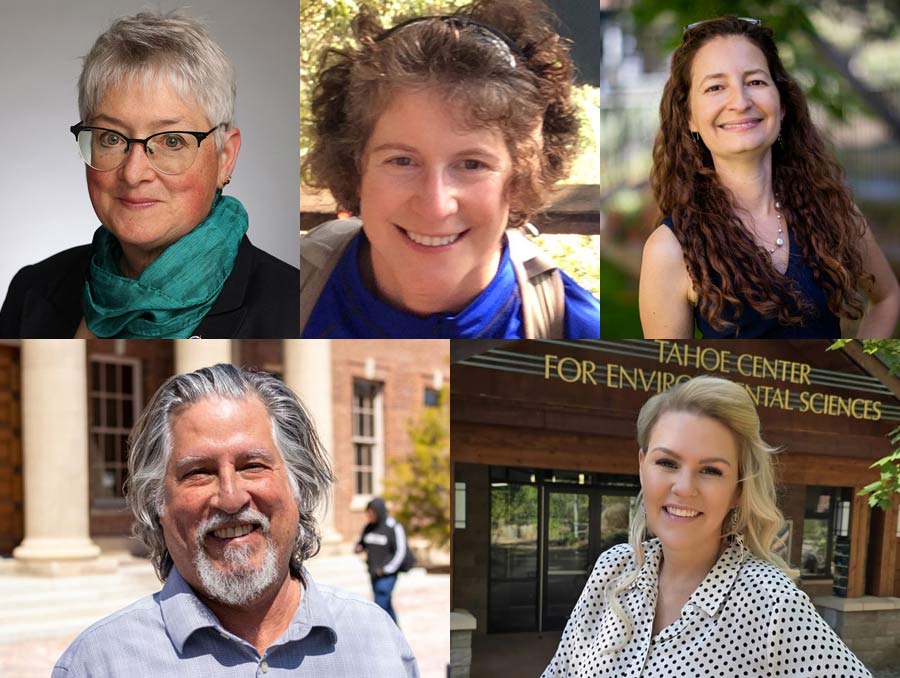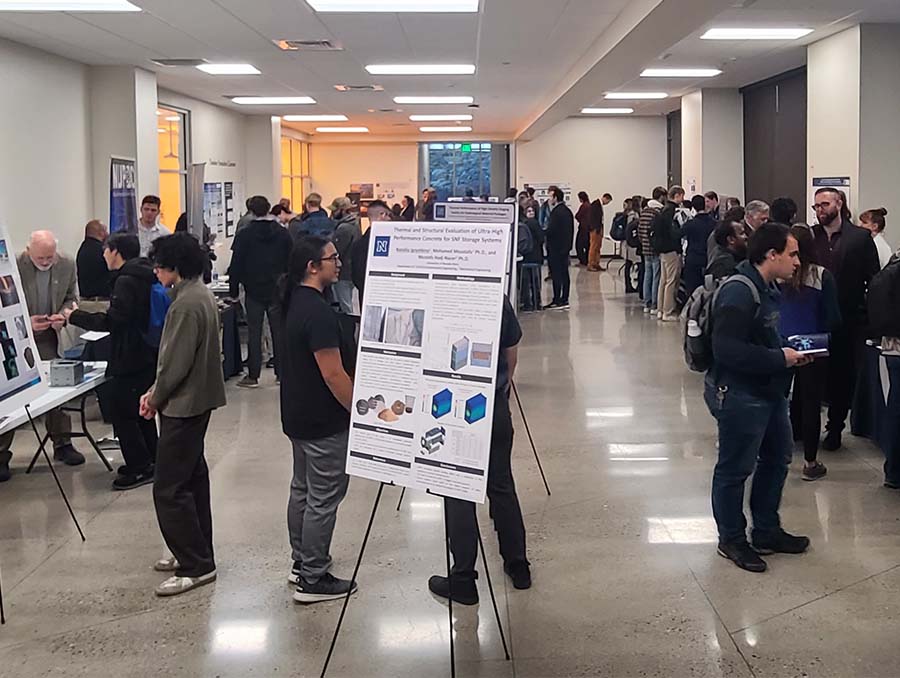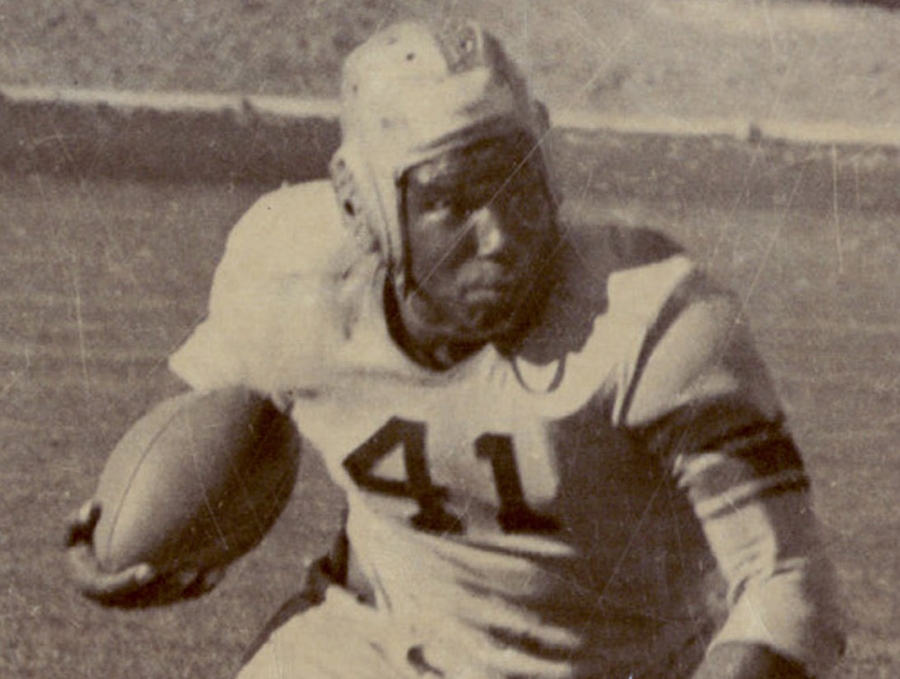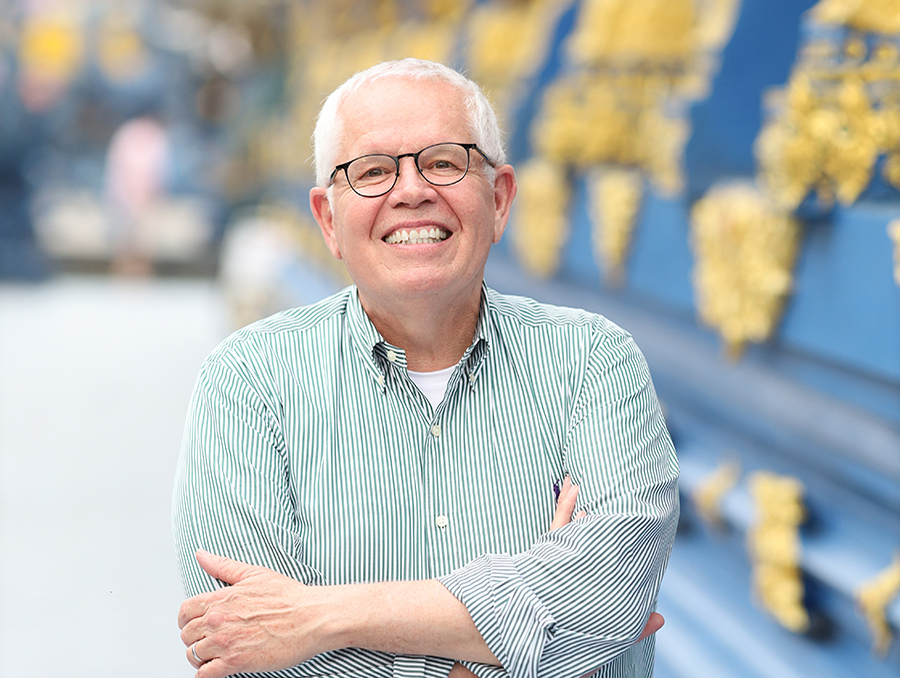If not the most difficult mathematical contest a university student can face, the William Lowell Putnam Mathematical Competition is certainly a formidable challenge.
The venerable competition, which began in 1938, pits thousands of college and university math students against each other each December. To earn a point or two is noteworthy. To score 10 points or more is reason to celebrate.
This year, out of 4,036 students who took the Putnam, students from the University of Nevada, Reno did well, placing in the upper third of the competition. The competition is administered by the Mathematical Association of America.
Nevada’s team finished 128th out of 439 institutions participating. Math powerhouse MIT won the team title, followed by Harvard, Cal Tech, Stanford and Princeton.
“Everybody got a positive score,” said longtime Nevada math professor Don Pfaff, who has been involved with preparing Nevada’s students for the exam since 1970. “If you received one point, you finished in 2,198th place, so the median score was one. All of our students got better than the median.
“Our team score was in the top 30 percent – that’s not chicken liver.”
Nevada’s scoring team was comprised of T.J. Gaffney, Yael Campo and Kevin Marshall. Other Nevada participants included Ryan Hunter, Casey Machen, Frank Greenhelgh and Taylor Kaplan.
The exam consists of 12 questions, each worth a maximum of 10 points. Participants are given six hours to prepare their answers. A winning score will usually be in the 90’s, and often the median score is 0, meaning that over half of the students who take the test don’t receive any points at all.
“We didn’t have as many super point winners,” Pfaff said, recalling a few years ago when Nevada had two students score in the 20’s and the team finished 42nd. “But everybody did pretty well. It’s pretty impressive to have so many 10’s.”
Pfaff said Department of Mathematics and Statistics faculty Valentin Deaconu, Alex Kumjian and Birant Ramazan helped conduct regular study sessions for the Nevada students in preparation for the Putnam.
The examination features such questions as:
“Players 1, 2, 3, …, n are seated around a table and each has a single penny. Player 1 passes a penny to Player 2, who then passes two pennies to Player 3. Player 3 then passes one penny to Player 4, who passes two pennies to Player 5, and so on, players alternately passing one penny or two to the next player who still has some pennies. A player who runs out of pennies drops out of the game and leaves the table. Find an infinite set of numbers n for which some player ends up with all n pennies.”
“We organized weekly sessions and gave the students sets of problems and showed them some solutions and some tricks to find the solutions,” Deaconu said. “That was a pretty good outcome. It’s a very hard test.”
Unlike many of the top-scoring schools, which have specific classes tailored directly to preparing students for the Putnam, Nevada had to find time to study on weekends. Deaconu praised the team’s willingness to dedicate free time to the sessions.
“We were lucky to have this group,” he said. “They were very interested in preparing. All of the best math students like to be challenged, and that’s what this competition does. If we’re lucky enough to find good students in high school, there is a good chance they will score in the Putnam.”
